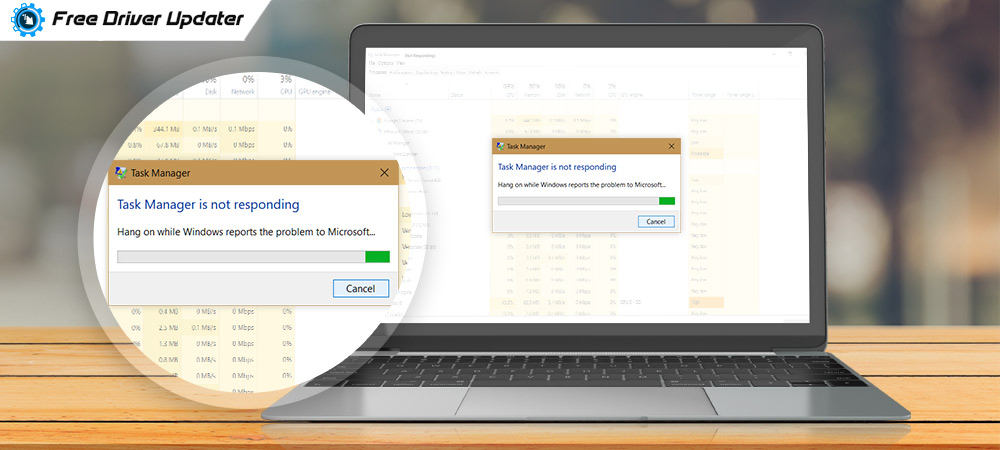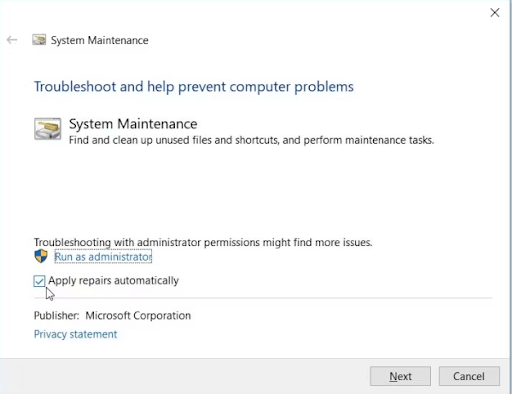

Ctrl+Enter (macOS: Cmd+Enter) in the Quick Open ( ⌘P (Windows, Linux Ctrl+P)) file list.Drag and drop a file to any side of the editor region.Click the Split Editor button in the upper right of an editor.Open to the Side ( ⌃Enter (Windows, Linux Ctrl+Enter)) from the Explorer context menu on a file.⌘\ (Windows, Linux Ctrl+\) to split the active editor into two.

If you already have one editor open, there are multiple ways of opening another editor to the side of the existing one: You can open as many editors as you like side by side vertically and horizontally. Tip: You can move the Primary Side Bar to the right hand side ( View > Toggle Primary Side Bar Position) or toggle its visibility ( ⌘B (Windows, Linux Ctrl+B)). To learn more about tabbed headers, see the Tabs section below. Open files in each editor are displayed with tabbed headers (Tabs) at the top of the editor region. The folder, layout, and opened files are preserved. You can show it with ⌥⌘B (Windows, Linux Ctrl+Alt+B).Įach time you start VS Code, it opens up in the same state it was in when you last closed it. Tip: A Secondary Side Bar is also available to display views opposite the Primary Side Bar.

Panel can also be moved to the left or right for more vertical space. By default, it houses output, debug information, errors and warnings, and an integrated terminal. Panel - An additional space for views below the editor region.Activity Bar - Located on the far left-hand side, this lets you switch between views and gives you additional context-specific indicators, like the number of outgoing changes when Git is enabled.Status Bar - Information about the opened project and the files you edit.Primary Side Bar - Contains different views like the Explorer to assist you while working on your project.Editor - The main area to edit your files.
#WindowManager not working full#
VS Code comes with a simple and intuitive layout that maximizes the space provided for the editor while leaving ample room to browse and access the full context of your folder or project. Like many other code editors, VS Code adopts a common user interface and layout of an explorer on the left, showing all of the files and folders you have access to, and an editor on the right, showing the content of the files you have opened. Configure IntelliSense for cross-compilingĪt its heart, Visual Studio Code is a code editor.Closing that xterm would end the X session. if there were no configuration files then start X with a single xterm running. The X startup even had a "fall back" default. Because the call to fvwm was the last line and not put in the background it meant that when fvwm terminated then X would close down. All the previous applications ( xv, xterm, xclock, xscreensaver) were running before the window manager started. This is the line that started my window manager (fvwm). When this script finishes then the X server will shut down. This file would be run when I started X with startx. Xclock -digital -update 1 -geometry +1059+982 & Xv -root -rmode 5 $HOME/misc/millennium/theme/Wallpaper.gif -quit & In the good^Wbad old days, I used to have a ~/.Xclients file that read: #!/bin/sh A window manager is a convenience for users.


 0 kommentar(er)
0 kommentar(er)
